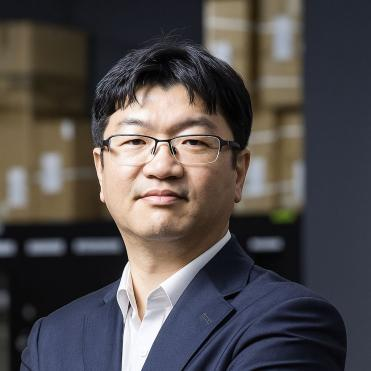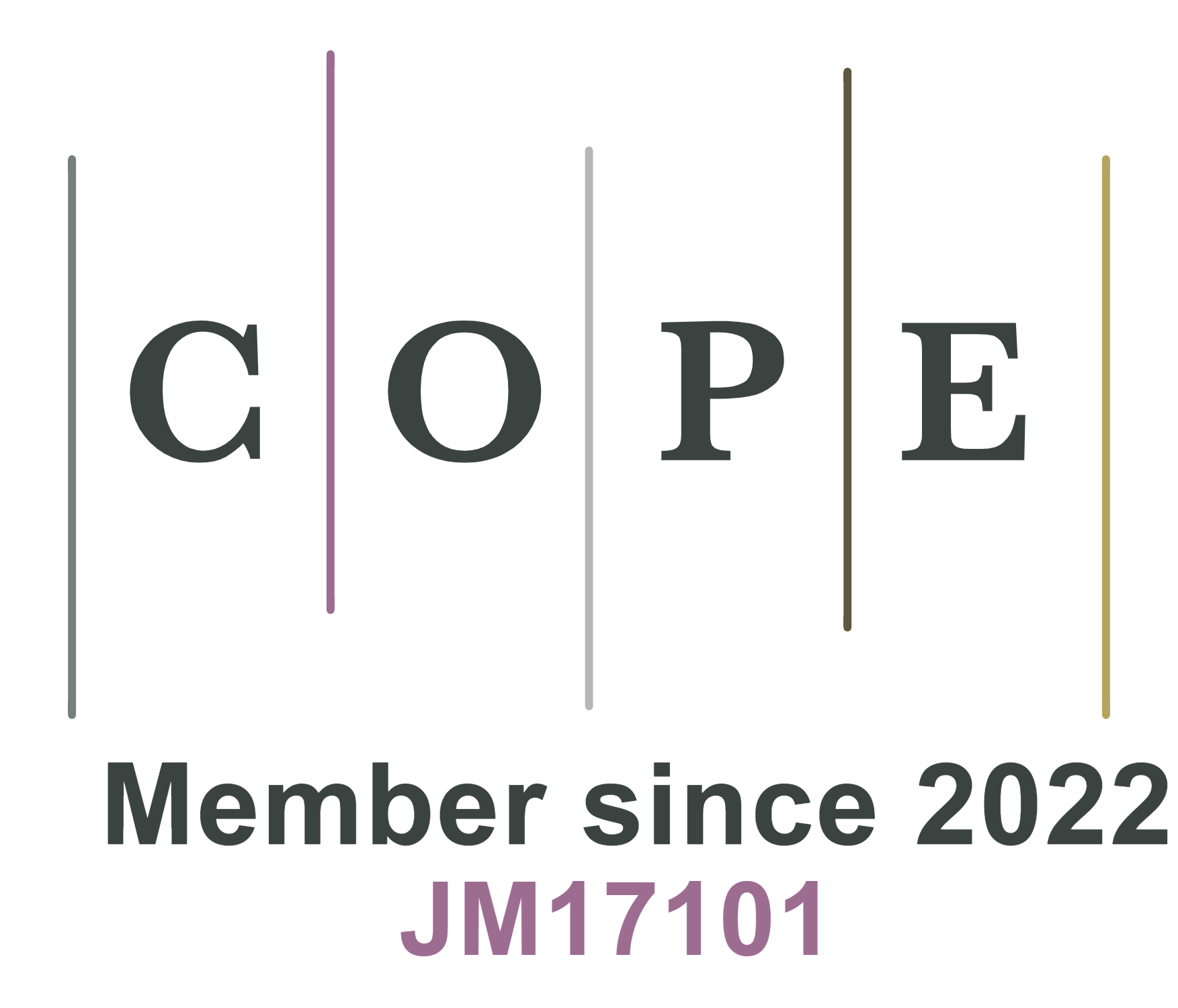Revealing Insights from Prof. Soo Young Kim: Cover Article Author and Associate Editor of Energy Materials
Energy Materials (EM) recently had the privilege of interviewing Prof. Soo Young Kim, a distinguished materials scientist from Korea University in South Korea. Building on his cover article, Prof. Kim discussed the dual focus of his research: organic-based semiconductors, including organic light-emitting diodes (OLEDs), perovskite light-emitting diodes (LEDs), solar cells, and memory devices, and two-dimensional materials applied to hydrogen evolution reactions (HER) and carbon dioxide reduction reactions (CO2RR). He highlighted recent advances in catalyst and reactor design for CO2RR, emphasizing tandem catalysts, ligand engineering, and the critical role of electrolyte selection in enhancing selectivity and efficiency. Prof. Kim also shared novel insights into the use of solid-state electrolytes for the continuous production of high-purity liquid products, along with innovative strategies to convert carbonate intermediates into valuable C2+ chemicals, enabling near-complete CO2 utilization. As an Associate Editor of EM, he actively promotes international collaboration to raise publication quality and foster a global research community.
Watch the following video for expert insights from Prof. Soo Young Kim:
Interview Questions:
1. Could you please introduce your current research directions and key focus areas in your laboratory?
2. Thank you for your valuable contributions to our journal through your insightful articles. In your publication, "Development of catalysts and reactor designs for CO2 electroreduction towards C2+ products," you emphasize the combination of Cu-based catalyst design and reactor engineering for selective C2+ product formation in CO2 electroreduction. Could you share which specific catalyst features or reactor design strategies have shown the most promise in recent studies for enhancing both selectivity and efficiency?
3. Among the approaches discussed in your article, were there any particularly surprising or counterintuitive findings regarding catalyst-reactor interactions that could inspire new directions in CO2 electroreduction research?
4. As an Associate Editor of our journal, how do you see the role of international collaboration in advancing the journal's mission, and what strategies does the journal employ to foster global partnerships and attract submissions from a diverse international community?
5. Could you share any insights into mentoring young researchers in your lab, particularly in guiding them to balance fundamental understanding with application-driven research?
6. Outside of research, what are some of your hobbies or sources of inspiration? Do these ever feed back into your scientific thinking or your approach to problem solving?
About the Interviewee:

Prof. Soo Young Kim is a professor in the Department of Materials Science and Engineering at Korea University. His research interests lie in two-dimensional materials and organic/inorganic semiconductors for applications in optoelectronics and energy conversion. His early work at the Georgia Institute of Technology focused on the reduction of graphene oxide using thermochemical nanolithography. Since joining Korea University in 2009, he has explored the structural and electronic modulation of materials such as graphene, transition metal dichalcogenides, and perovskites, with an emphasis on their integration into devices including OLEDs, perovskite LEDs, solar cells, and memory systems. His recent efforts also include the synthesis and application of two-dimensional materials for electrocatalytic hydrogen evolution and CO2 reduction, with his group contributing to the development of advanced non-precious metal catalysts and interfacial engineering strategies.
Editor: Judy Zhang
Language Editor: Emma Chen
Production Editor: Ting Xu
Respectfully Submitted by the Editorial Office of Energy Materials









